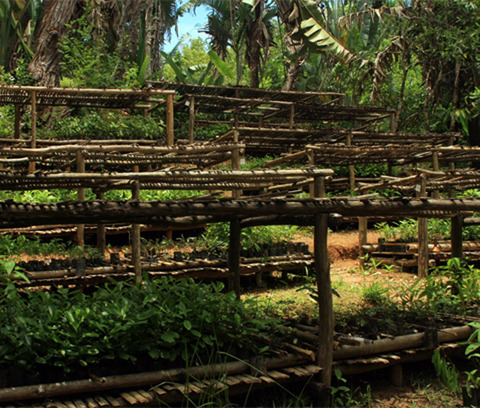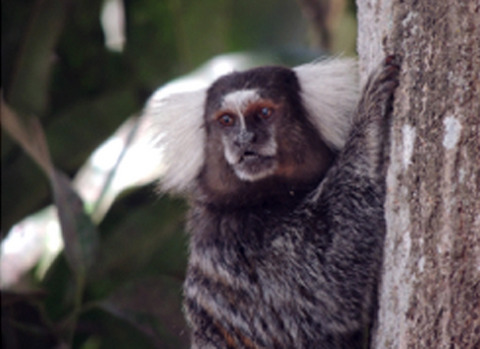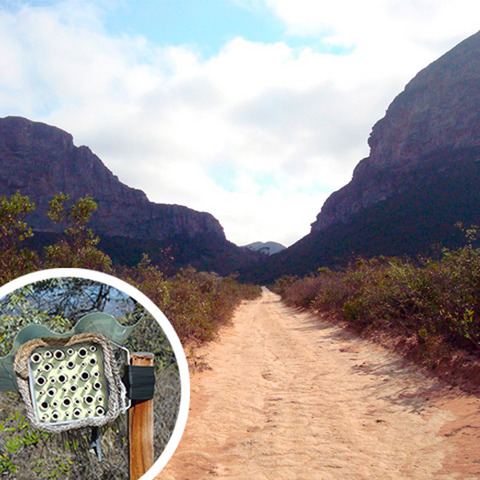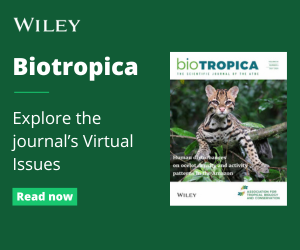Journal list menu
Export Citations
Download PDFs
ISSUE INFORMATION
EDITORIAL
COMMENTARIES
The future for ATBC conservation declarations
- Pages: 795-802
- First Published: 23 August 2020
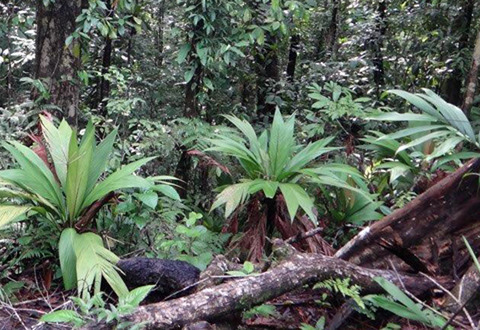
ATBC conference Declarations are useful tools for conveying pressing tropical conservation issues with a global audience. We surveyed media and social media posts for the 16 ATBC Declarations and found that there is considerable scope to increase social media coverage of Declarations via mainstream platforms. We present five case study Declarations that had a range of outcomes for the conservation issue of concern, and present five criteria to assist with preparation and delivery of future Declarations.
Potential impacts of COVID-19 on tropical forest recovery
- Pages: 803-807
- First Published: 29 September 2020
INSIGHTS
Tree-gouging by marmosets (Primates: Callitrichidae) enhances tree turnover
- Pages: 808-812
- First Published: 06 July 2020
Lightning-caused disturbance in the Peruvian Amazon
- Pages: 813-817
- First Published: 23 July 2020
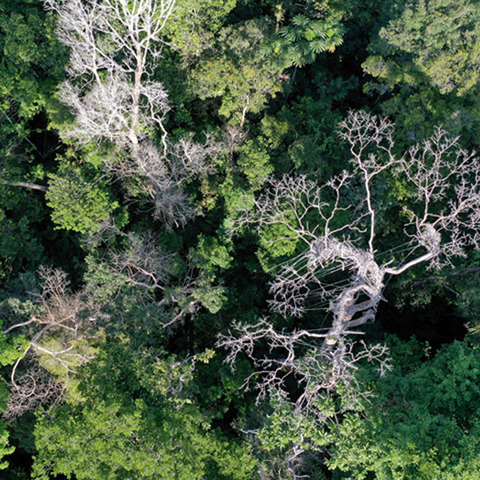
We used drone flights and ground verification to locate 7 lightning-caused disturbances in a northwestern Amazonian forest where lightning disturbance was previously undescribed. Our observations indicate that lightning damage is readily identifiable based on radial patterns of lethal and nonlethal damage, and that lightning is an important agent of large tree death in this forest.
Dung beetle-megafauna trophic networks in Singapore’s fragmented forests
- Pages: 818-824
- First Published: 11 August 2020
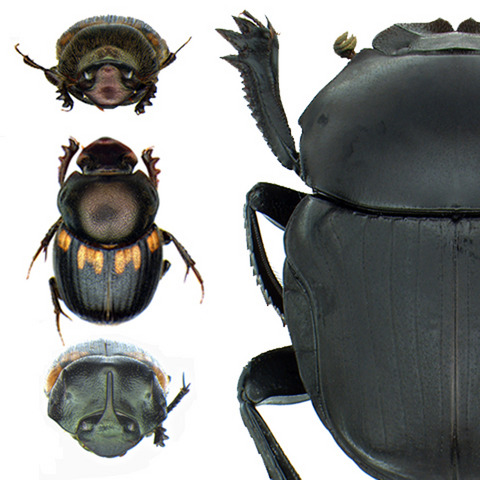
We investigated trophic networks between dung beetles and megafauna species in five forest fragments in Singapore varying in size and isolation. We found that Singapore’s dung beetle communities were attracted to extant and extinct dung types from different dietary groups. All forest fragment networks were similar and displayed high generalism and high nestedness.
ORIGINAL ARTICLES
Climatic sensitivity of species’ vegetative and reproductive phenology in a Hawaiian montane wet forest
- Pages: 825-835
- First Published: 25 May 2020
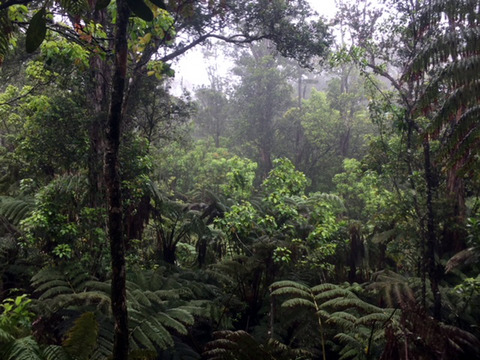
We examined the effects of seasonal climatic variability on seed phenology of four dominant species and community-level leaf phenology in a montane wet forest on Hawaiʻi using monthly data collected over ~6 years. For three species, including two foundational species of Hawaiian forests (Acacia koa and Metrosideros polymorpha), seed production declined with increasing maximum temperatures and increased with rainfall while relationships with light availability were the most variable across all four species. Community-level leaf litterfall decreased with minimum temperatures, increased with rainfall, and showed a peaked relationship with light availability.
The negative effect of lianas on tree growth varies with tree species and season
- Pages: 836-844
- First Published: 11 May 2020
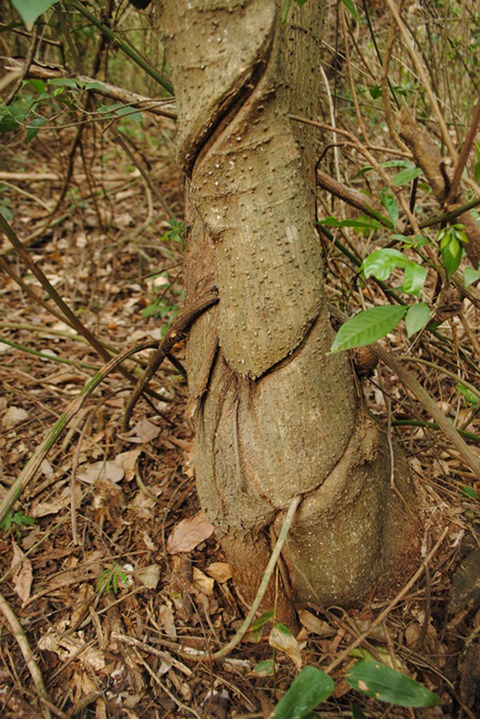
Lianas compete strongly with trees and this competition may be particularly devastating to trees in forest fragments, where liana densities are typically high. Using a liana removal experiment in a semideciduous seasonal forest fragment in south-eastern Brazil, we found that lianas reduced tree diametric growth by up to 304%, with the strongest effect occurring during the wet season. The effect of liana removal was particularly strong for two of the five tree species, indicating that the effect of lianas on tree growth varies both seasonally and with tree species identity.
Resource-related variables drive individual variation in flowering phenology and mediate population-level flowering responses to climate in an asynchronously reproducing palm
- Pages: 845-856
- First Published: 14 June 2020
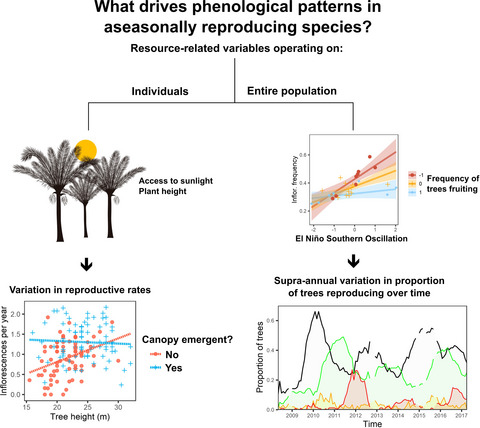
Many tropical plant species show asynchronous reproduction among individuals and aseasonal phenological patterns at the population level, yet little is known about the proximate factors that control their phenology. Using a 9-year records of 178 individuals of the asynchronous canopy palm Oenocarpus bataua, we show that access to sunlight and current reproductive investment influence rates of inflorescence production among individuals, while inter-annual climate anomalies associated to El Niño Southern Oscillation (ENSO) determine the proportion of trees in the population initiating reproduction. Our results suggest that a greater focus on resource-related variables and the role of resource levels as endogenous cues for reproduction might help explain the frequent aseasonal phenological patterns observed among tropical plants
Searching for keystone plant resources in fruit-frugivore interaction networks across the Neotropics
- Pages: 857-870
- First Published: 25 May 2020
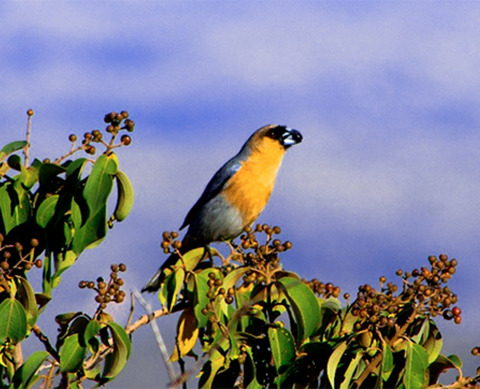
Identifying keystone plant resources for frugivores remains a contentious issue in ecology and conservation. We developed a novel quantitative framework for the identification of Neotropical keystone resources by combining centrality and effects of simulated removals on fruit-frugivore network properties. Only species in six genera out of 373 genera on fruit-frugivore networks were retrieved as keystones. The simulated removal of species in Miconia, Cecropia and Byrsonima led to significant changes in network descriptors, suggesting that these plants play important roles in maintaining the structure of Neotropical fruit–frugivore interaction networks, regardless of latitude or elevation.
Forest cover and fruit crop size differentially influence frugivory of select rainforest tree species in Western Ghats, India
- Pages: 871-883
- First Published: 17 June 2020
Tree seedling responses to leaf-cutting ants herbivory in Atlantic Forest restoration sites
- Pages: 884-895
- First Published: 25 May 2020
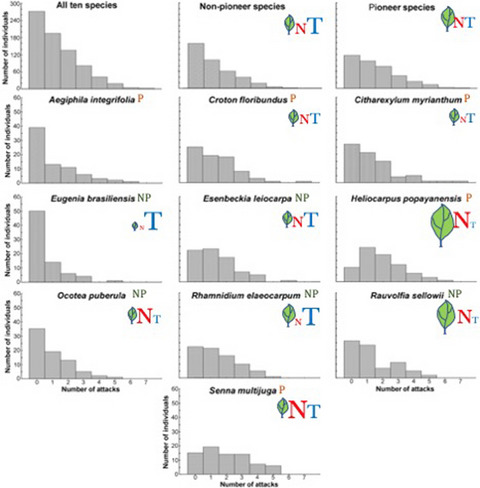
Number of attacks and number of seedlings of ten Atlantic Forest native tree species attacked by leaf-cutting ants over six months in a transplant experiment inside a restoration site in Paraná state, Brazil. Surprisingly, there was no difference in number of attacks between pioneer (P) and non pioneer (NP) species groups, but species differed and the differences can be partially explained by species traits, such as leaf specific area, and leaf nitrogen N and tannin T content. Larger symbols for leaf traits indicates higher relative trait values. Trait data for A. integrifolia not available.
Habitat loss in the restricted range of the endemic Ghanaian cichlid Limbochromis robertsi
- Pages: 896-912
- First Published: 25 May 2020

Analysis of multi-temporal, multi-resolution satellite imagery of the Atewa Forest Reserve and surrounding areas in Ghana, illustrates a degradation and fragmentation of the habitat of Limbochromis robertsi, a unique freshwater cichlid with an extremely limited distribution range. Field visits over the last 30 years confirm a decrease in its total population by 90% with loss of riparian forest through land use and cover change to mining and agriculture along with an increased presence of predatory species being the main contributors to its habitat degradation and fragmentation.
The interplay between local and landscape scales on the density of pond-dwelling anurans in subtropical grasslands
- Pages: 913-926
- First Published: 25 May 2020

We investigated the role of local and landscape environmental variables on anurans density classified as habitat specialists and generalists in grassland landscapes. We recorded 35 species, eleven of which are specialists in the grasslands. The specialists and generalists presented different relationships local and landscape environmental variables. In conclusion, reproductive sites with higher local quality and located within landscapes with higher percentages of natural grasslands are essential to conserve anurans in this habitat.
Factors influencing herpetofauna abundance and diversity in a tropical agricultural landscape mosaic
- Pages: 927-937
- First Published: 16 June 2020
Dietary importance of C3 and CAM food pathways for birds in a Neotropical semiarid zone
- Pages: 938-945
- First Published: 25 May 2020
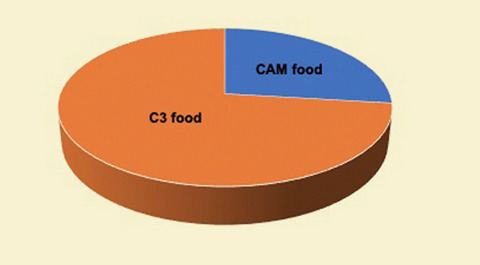
C and C and N stable isotope analysis of tissues from 26 bird species in a Neotropical semiarid zone revealed that use of CAM-derived food was mainly restricted to seven bird species (three frugivores, one nectarivore, one granivore, and two omnivores) whereas C3-derived food sustained most of the bird species studied (three frugivores, two nectarivores, four granivores, three omnivores, four insectivores and three carnivores). Consumption of C3 insects extended to the entire assemblage of birds, including plant-eating species.
The relative role of rivers, environmental heterogeneity and species traits in driving compositional changes in southeastern Amazonian bird assemblages
- Pages: 946-962
- First Published: 03 May 2020
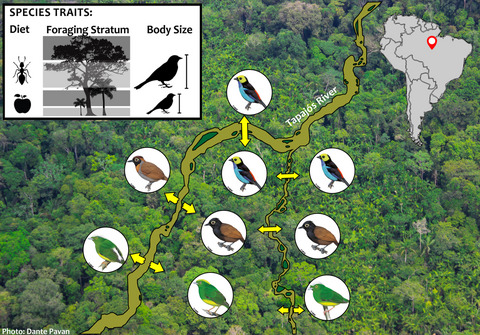
The distribution of birds in our study area depends on the combined influence of geographical barriers, environmental heterogeneity, and ecological characteristics of species. The Tapajós River is a biogeographical boundary for birds, while environmental heterogeneity is relevant to compositional variation within interfluves. The Tapajós River affects differently the birds distributions.
Body mass affects short-term heterothermy in Neotropical bats
- Pages: 963-968
- First Published: 14 June 2020
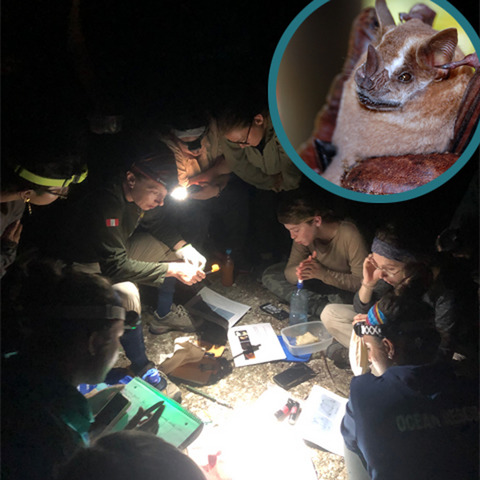
We compared the use of heterothermy between fruit- and insect-eating Neotropical bats sampled from the same region and time of year. Our data show considerable variation in the thermoregulatory patterns of Neotropical bats and generally, that smaller bats cool quicker and to a greater extent than larger bats. Our results highlight the importance of energy conservation even in environments in which resources are relatively abundant.
Spatial heterogeneity and habitat configuration overcome habitat composition influences on alpha and beta mammal diversity
- Pages: 969-980
- First Published: 11 May 2020
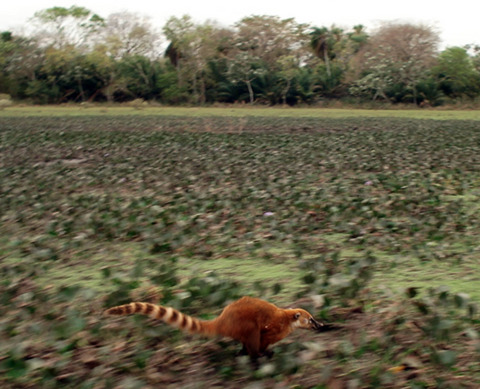
The effects of spatial heterogeneity and habitat configuration overcame the influence of habitat composition on alpha and beta mammal diversity in heterogeneous fragmented landscapes within western Brazil. Landscape composition alone should not be used to support landscape management strategies aimed at mammalian conservation. Improving vegetation structural complexity in both habitat patches and the matrix enables landscapes to harbor high species diversity by increasing niche availability.
Gut microbiome, diet, and conservation of endangered langurs in Sri Lanka
- Pages: 981-990
- First Published: 14 June 2020
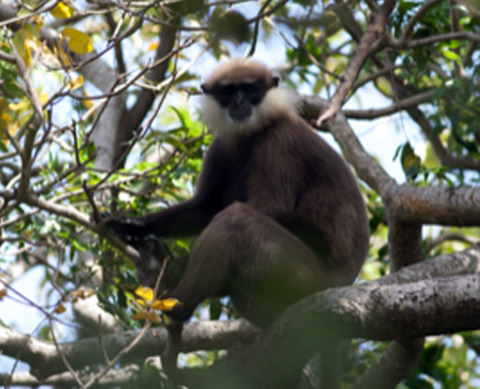
We used 16S rRNA sequencing to determine whether the gut microbiome was related to host dietary niche using two closely-related, sympatric non-human primate species: the tufted gray langur (Semnopithecus priam) - a dietary generalist, and the purple-faced langur (Semnopithecus vetulus) - a specialist whose diet focuses on leaves. Our results demonstrate that despite strong gut microbial similarities, gray langurs had a more diverse gut microbiome that harbored more Prevotella and Akkermansia, taxa involved in starch degradation, while the purple-faced langur gut microbiome harbored Roseburia, Clostridium, and Ruminococcus, taxa involved in breaking down plant structural carbohydrates. Our findings suggest that the more generalist gut microbiome of gray langurs may provide them greater resilience to anthropogenic change, while the more specialized gut microbiome of purple-faced langurs may render them more vulnerable to extinction.
REVIEW
Heterogeneous agroecosystems support high diversity and abundance of trap-nesting bees and wasps among tropical crops
- Pages: 991-1004
- First Published: 21 June 2020
CORRIGENDUM
Corrigendum: Shear adhesive performance of leaf-cutting ant workers (Atta cephalotes)
- Pages: 1005-1006
- First Published: 06 July 2020





